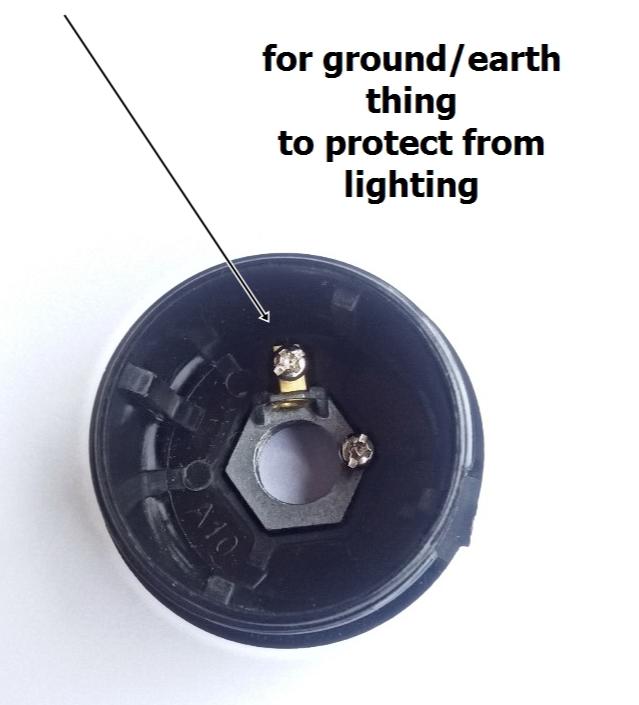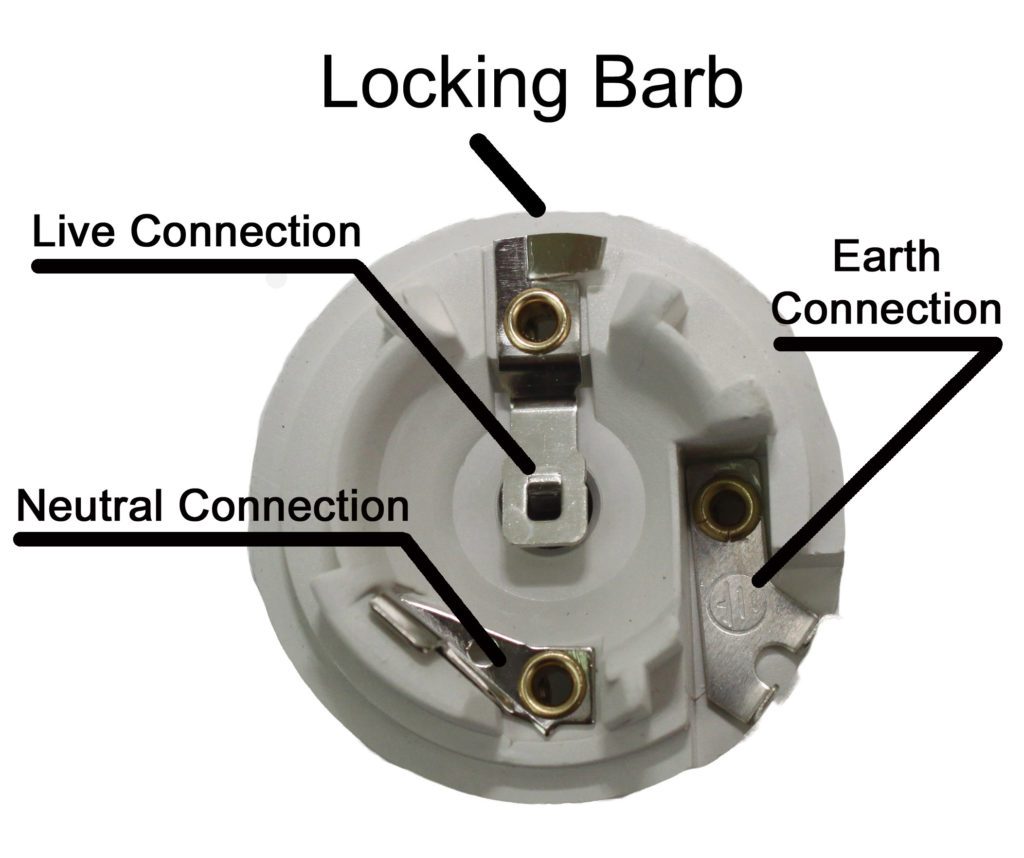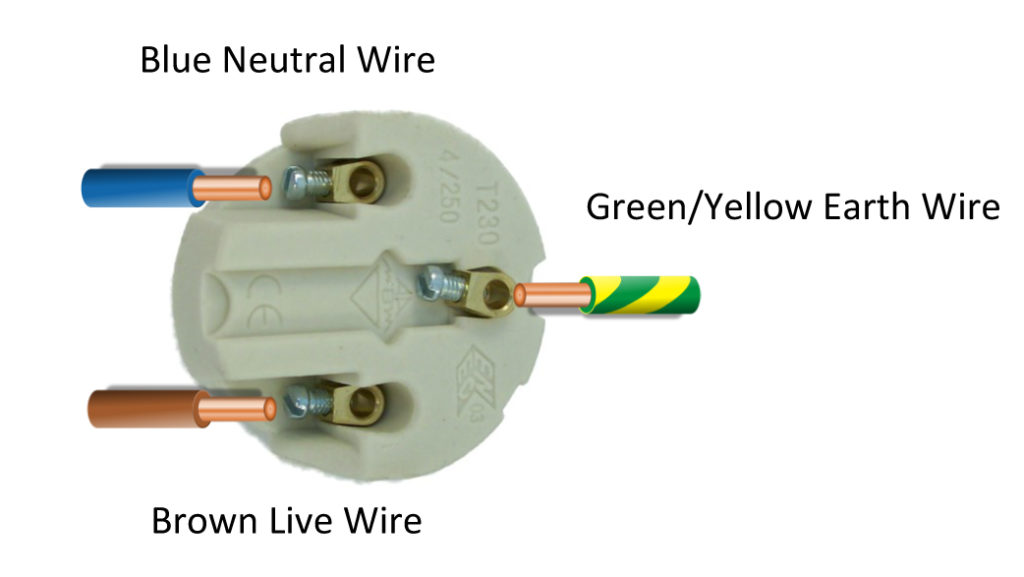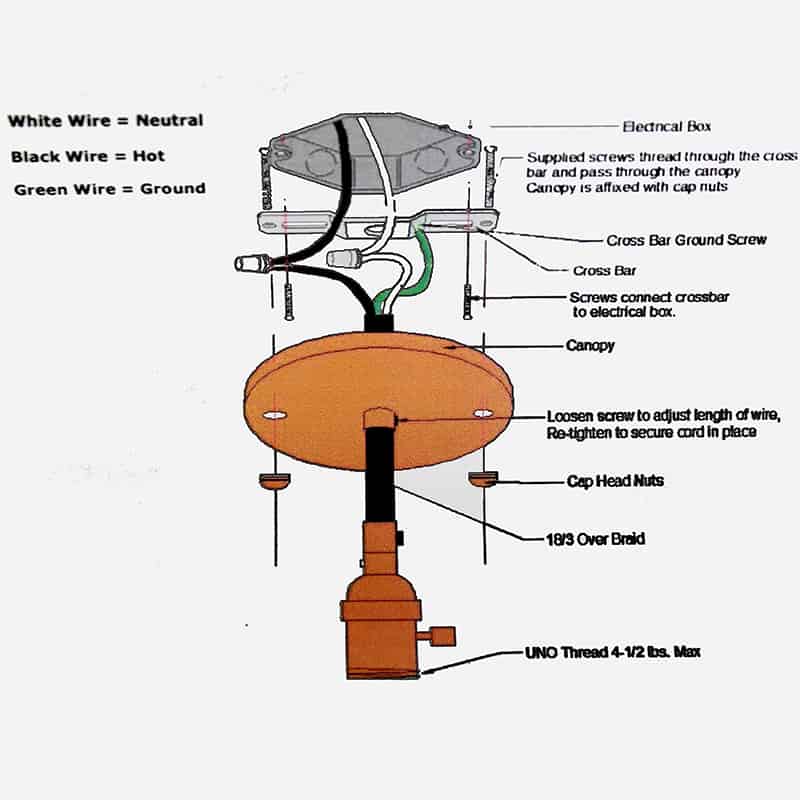Dealing with a ground wire when you don’t need it in a lamp holder can be confusing and potentially dangerous. However, it’s important to safely terminate the ground wire to avoid future electrical problems.
If your lamp holder doesn’t need a ground wire, you need to terminate it safely.
You must make sure your electrical is safe. Keeping unused ground wires safe and secure helps keep your fixtures safe and compliant with the rules.

Why Some Lamp Holders Don’t Have an Earth Wire
Lamp holders, particularly those made from non-conductive materials like plastic, don’t always need an earth connection. The purpose of the earth wire is to prevent electrical shocks in cases where live wires may come into contact with metal parts.
For light fixtures that are double insulated (Class II), an earth wire is not necessary. Double insulation means that there are two layers of protection between the live parts and the user, reducing the risk of shock. However, if your fixture has exposed metal parts, those must be earthed to avoid potential hazards.
What to Do If There Is No Earth Wire
In older homes, you might find that no earth wire is present in certain light fittings. This can be a safety risk, particularly if the light fixture contains metal components. Without an earth wire, if a fault occurs, the metal can become live, increasing the risk of electric shock.
In such cases, it’s essential to either upgrade the wiring to include an earth wire or replace the fitting with a Class II or double-insulated fixture that doesn’t require earthing. Consulting an electrician is the best way to ensure your setup complies with current safety standards.

How to Safely Terminate the Earth Wire
If the earth wire is not needed for your lamp holder, it still needs to be secured safely. The recommended approach is to use a terminal block or an insulated connector to cap the end of the wire. This prevents any risk of accidental contact with live components, which could result in a short circuit or electrical hazard.
Make sure the earth wire is neatly tucked away inside the junction box or the fitting itself. This minimizes the risk of the wire coming loose or being damaged during future maintenance.
Can You Leave the Earth Wire Exposed?
Leaving the earth wire exposed is a serious safety hazard. Even if it is not connected to the lamp holder, an exposed earth wire could come into contact with live wires or conductive surfaces, leading to dangerous short circuits.
Always insulate the wire using appropriate connectors or a terminal block. Ensuring the wire is protected keeps your electrical installation safe and compliant with regulations, reducing the risk of electrical accidents.

Does a Lamp Holder Need a Ground Wire?
Not all lamp holders require a ground wire. Fixtures made from non-conductive materials, such as plastic light holder, or those classified as double insulated, do not need a ground wire for safety. These designs ensure that no live parts can make contact with users, eliminating the need for an earth connection.
However, any lamp holder with metal parts or conductive surfaces must be earthed to protect against the possibility of electric shock in the event of a wiring fault. Always check the installation instructions and consult an electrician if you’re unsure whether grounding is required.
What Happens If There Is No Earth Cable?
The absence of an earth cable can create safety issues, especially for metal fixtures. Without proper earthing, any exposed metal part of the fixture can become live if there is a wiring fault, posing a significant risk of electric shock.
In situations where no earth cable is present, it’s best to either upgrade the wiring or replace the fixture with one that does not require earthing. If unsure, always consult a qualified electrician to assess the risks and provide the best solution.

Why Some European Light Fixtures Don’t Have an Earth Wire
In Europe, many light fixtures, especially modern ones, are designed without an earth wire due to different safety standards. Many homes are equipped with double-insulated fixtures, eliminating the need for an earth wire.
Double insulation means that the fixture has two layers of protection against electrical faults, making it safe to use without a ground connection. However, in cases where metal parts are present, earthing is still required. When fitting these in countries where earthing is standard, it’s essential to ensure compliance with local electrical codes.
Can You Fit a Light Fixture Without an Earth?
Yes, you can install certain types of light fixtures without an earth wire, particularly those classified as Class II or double insulated. These fixtures are designed to be safe without earthing, as their construction prevents any live parts from coming into contact with the user.
However, installing a metal light fixture without an earth wire is highly unsafe. Metal fixtures must be properly earthed to avoid the risk of electrical shock in the event of a fault. Always ensure that your fixture is correctly grounded where required.

What to Do with the Ground Wire in a Light Fixture
In many cases, the ground wire is part of the overall electrical safety system but may not be used directly in the light fixture. If the fixture itself doesn’t require earthing but the wire is present, it must still be terminated securely.
Never leave the ground wire loose. Use a terminal block or wire nut to cap it, ensuring it’s safely enclosed and insulated. This prevents the wire from causing future issues or coming into contact with live components.
Safety Tips for Working with Electrical Wiring
- Turn off Power: Always turn off the mains power before working on any electrical wiring to avoid the risk of shock.
- Use Proper Tools: Insulated tools are essential for safely working on electrical circuits, preventing accidents.
- Follow Electrical Codes: Ensure all wiring is compliant with local electrical safety regulations.
- Seek Professional Help: If unsure, consult a licensed electrician to guarantee safe and proper installation.
Make sure you always safely terminate the ground wire, even if you’re not using it, to avoid electrical hazards.













